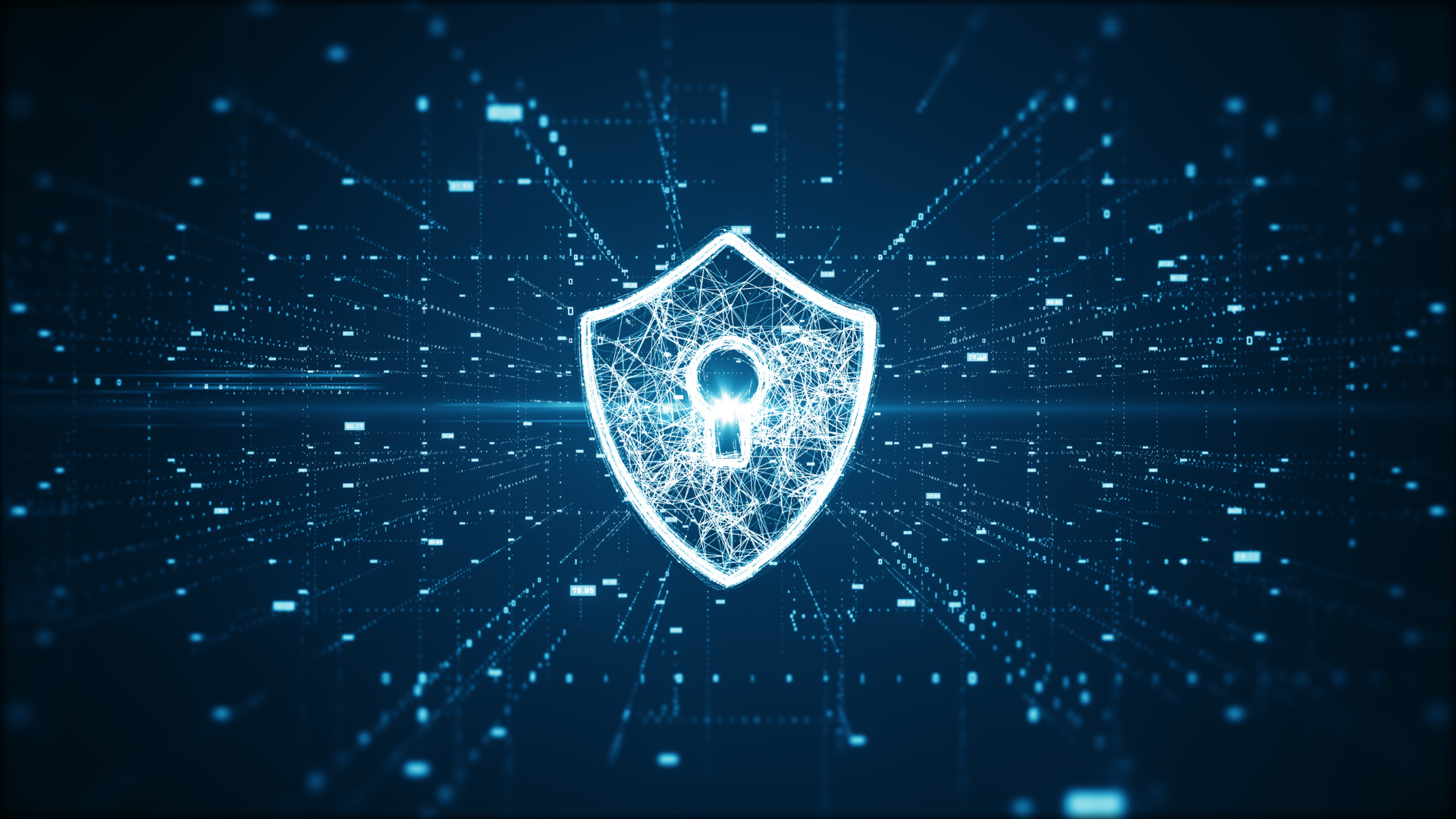2025 Q1 Cybersecurity Report: Navigating Emerging Threats and Regulatory Shifts
The cybersecurity landscape continues to evolve rapidly. This Q1 2025 report examines key developments, building upon trends from 2024 and highlighting emerging challenges that demand attention from CIOs, CISOs, and security professionals. We'll explore how new technologies, evolving attacker tactics, and regulatory changes shape the threat landscape.
1. AI-Powered Attacks: A Dual-Edged Sword
● Summary: Artificial intelligence (AI) is transforming both cyberattacks and defenses. In Q1 2025, we've seen a surge in sophisticated AI-driven attacks, including:
· Deepfake phishing: Highly convincing impersonations of trusted individuals to deceive victims.
· Autonomous malware: Malware that uses AI to evade detection and adapt to defenses in real time.
· Enhanced social engineering: AI-powered tools that craft highly personalized and persuasive social engineering attacks.
● Quick Take: Organizations must embrace AI for defense while preparing for its malicious use. Key actions include:
· Deploying AI-powered threat detection and response systems.
· Conducting regular training to educate employees about AI-driven social engineering.
· Implementing strong authentication measures, including biometrics and hardware tokens, to mitigate deepfake risks.
· Developing strategies to detect and counter autonomous malware.
2. Supply Chain Attacks: Targeting Software Dependencies
● Summary: Supply chain attacks remain a critical threat. Attackers are increasingly targeting vulnerabilities in widely used software components and open-source libraries. A successful supply chain attack can compromise numerous organizations simultaneously.
● Quick Take: Organizations must enhance their supply chain security practices:
· Implement Software Bill of Materials (SBOM) to track software dependencies.
· Conduct rigorous security testing of third-party software and components.
· Adopt a zero-trust approach to limit the impact of a supply chain compromise.
· Establish precise vendor security requirements and audit processes.
3. Ransomware Evolution: Data Extortion and Double Extortion
● Summary: Ransomware continues to be a significant threat, with attackers refining their tactics. We're seeing a rise in:
· Data extortion: Stealing sensitive data and threatening to release it publicly if a ransom is not paid.
· Double extortion: Combining data encryption with data extortion puts additional pressure on victims.
· Ransomware-as-a-Service (RaaS): The proliferation of RaaS platforms makes launching attacks easier for less sophisticated actors.
● Quick Take: A multi-layered approach is essential to defend against ransomware:
· Implement robust data backup and recovery procedures.
· Strengthen endpoint detection and response (EDR) capabilities.
· Enhance network segmentation to limit the spread of ransomware.
· Develop and test incident response plans specifically for ransomware attacks.
· Consider the use of deception technologies to detect ransomware activity early.
4. Cloud Security Challenges: Misconfigurations and Identity-Based Attacks
● Summary: As organizations increasingly rely on cloud services, new security challenges have emerged. Common issues include:
· Misconfigurations: Improperly configured cloud services, leaving them vulnerable to attack.
· Identity-based attacks: Targeting cloud identities and access controls to gain unauthorized access to resources.
● Quick Take: Organizations must adopt a cloud-centric security strategy:
· Implement strong cloud security posture management (CSPM) tools to detect and remediate misconfigurations.
· Adopt a zero-trust approach to cloud security, focusing on identity and access management.
· Use multi-factor authentication (MFA) and least privilege access controls.
· Regularly audit cloud security configurations and permissions.
5. Geopolitical Cyberattacks: Escalating Tensions
● Summary: Geopolitical tensions are increasingly playing out in cyberspace, with a rise in state-sponsored cyberattacks. These attacks often target critical infrastructure, government agencies, and strategic industries.
● Quick Take: Organizations should enhance their resilience to geopolitical cyberattacks:
· Strengthen threat intelligence capabilities to monitor state-sponsored activity.
· Collaborate with government agencies and industry peers to share information.
· Implement robust incident response plans to deal with sophisticated attacks.
· Diversify technology vendors to reduce reliance on any single source that might be compromised.
6. Regulatory Landscape: Evolving Disclosure Requirements
● Summary: Regulatory scrutiny of cybersecurity is intensifying globally. The SEC's cybersecurity disclosure rule in the U.S. has set a precedent, and other jurisdictions are implementing similar requirements. This trend increases pressure on organizations to be transparent about cybersecurity incidents.
● Quick Take: Organizations must prioritize regulatory compliance:
○ Ensure incident response plans align with disclosure requirements.
○ Develop transparent processes for determining the materiality of cybersecurity incidents.
○ Provide regular training to employees on their roles in incident reporting.
○ Stay informed about evolving regulations in all relevant jurisdictions.
7. Internet of Things (IoT) Security: Expanding Attack Surface
● Summary: The proliferation of IoT devices continues to expand the attack surface. Many IoT devices have weak security, making them vulnerable to compromise and use in botnets.
● Quick Take: Organizations deploying IoT devices must prioritize security:
· Implement strong authentication and authorization for IoT devices.
· Segment IoT devices on separate networks.
· Ensure IoT devices receive regular security updates.
· Monitor IoT device activity for anomalies.
8. Skills Gap: A Persistent Challenge
● Summary: The cybersecurity skills gap remains a significant challenge for organizations worldwide. The demand for skilled cybersecurity professionals far outstrips the supply, making it difficult for organizations to staff their security teams adequately.
● Quick Take: Organizations should address the skills gap through multiple strategies:
· Invest in training and development programs for existing employees.
· Offer competitive salaries and benefits to attract top talent.
· Partner with educational institutions to develop cybersecurity programs.
· Explore the use of automation and managed security services to augment staff.
9. Zero Trust: A Maturing Security Model
● Summary: Zero trust is becoming a mainstream security model, with organizations increasingly adopting its principles. Zero trust emphasizes verifying every user and device before granting access to resources, regardless of location.
● Quick Take: Organizations should accelerate their adoption of zero trust:
· Implement strong identity and access management (IAM) solutions.
· Use micro-segmentation to isolate critical resources.
· Continuously monitor and verify user and device activity.
· Adopt a least-privilege approach to access control.
Conclusion: Building Cyber Resilience
The cybersecurity landscape in Q1 2025 is characterized by rapid change and increasing complexity. Organizations must adopt a proactive and risk-based approach to cybersecurity. This includes:
● Embracing new technologies: Leveraging AI for defense, adopting zero trust, and automating security operations.
● Staying ahead of threats: Monitoring the evolving tactics of attackers, including AI-powered attacks and ransomware variants.
● Prioritizing resilience: Developing robust incident response plans, ensuring data backup and recovery, and diversifying cybersecurity tools.
● Fostering a security culture: Educating employees about cybersecurity risks and best practices.
● Diversify your cybersecurity tools: Avoid over-reliance on a single vendor for critical security functions. Implement backup and redundancy solutions across your cybersecurity stack to ensure continuity of operations if one vendor's service fails. Regularly test failover systems and maintain contingency plans for rapid recovery in vendor outages. This emphasizes the importance of resilience in your cybersecurity architecture, reducing the risk of operational disruptions from third-party service failures.
By taking these steps, organizations can enhance their cyber resilience and effectively navigate the challenges of the modern threat landscape.





